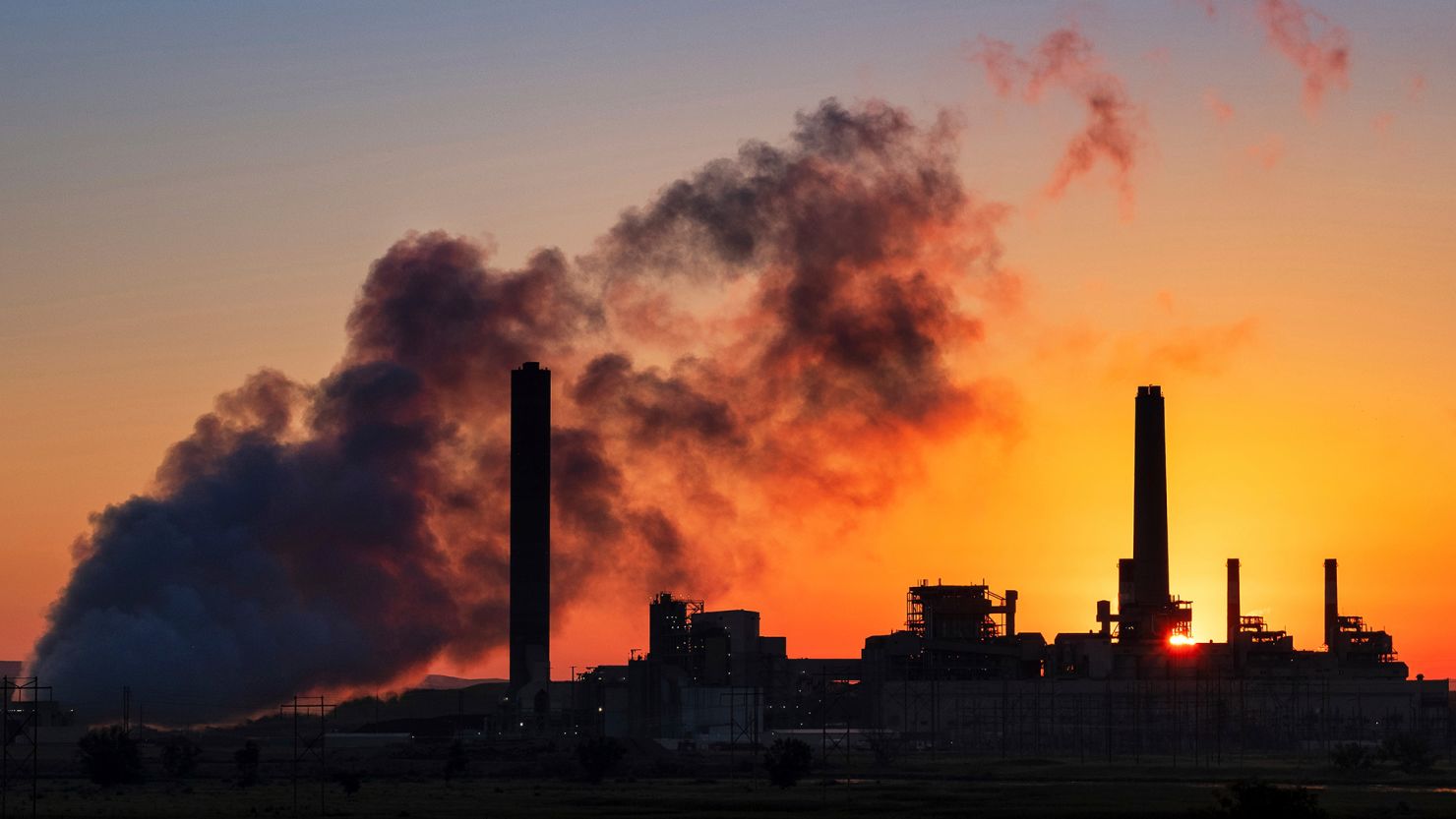The Environmental Protection Agency (EPA) announced on Wednesday that it will enforce stricter limits on several toxic air pollutants emitted by power plants, including mercury.
Mercury is a neurotoxin that can impair brain development in children and cause cardiovascular disease in adults.
This proposal follows the Biden administration’s earlier decision to reinstate the Obama-era regulation controlling mercury emissions, enabling the EPA to implement more stringent controls.
The agency’s Mercury and Air Toxics Standards rule represents the most rigorous update on mercury emission regulations since the Obama administration’s standards in 2012.
This move is part of the Biden administration’s broader efforts to address environmental justice, air pollution, and climate change.
Recently, the EPA has also proposed tougher limits on deadly soot pollution and is expected to propose updated greenhouse gas rules for power plants soon.
The new limits will aim to reduce emissions of mercury, fine particulate matter, sulfur dioxide, nitrogen oxides, and carbon dioxide across the United States. This will accelerate the transition away from coal-burning plants, according to senior EPA officials.
Under the Trump administration, enforcement of mercury limits was halted, with the argument that the regulation’s cost to the industry outweighed the public health benefits, such as reducing disease and premature deaths.

EPA Administrator Michael Regan stated, “By leveraging proven, emissions-reduction measures available at reasonable costs and encouraging new, advanced control technologies, we can reduce hazardous pollution from coal-fired power plants, protecting our planet and improving public health for all.”
The new rule aims to cut remaining mercury emissions by 70% and reduce other non-mercury metal pollutants such as nickel, arsenic, and lead.
Officials highlighted that the cost for power plant operators to comply with mercury limits would not be prohibitive due to new advanced control technologies capable of monitoring and controlling emissions.
The estimated public health benefits of the proposal range from $2.4 billion to $3 billion from 2028 to 2037, while the compliance cost to the industry is estimated between $230 million and $330 million.
John Walke, director of the clean air project at the Natural Resources Defense Council, commented,
“These proposed new standards would be a much-needed upgrade, but the agency should strengthen these standards even further to protect public health and capture the abilities of modern air pollution controls.”
This proposal also follows the White House’s announcement on Monday that it is allocating $450 million for various new clean energy demonstration projects on former mine lands.
